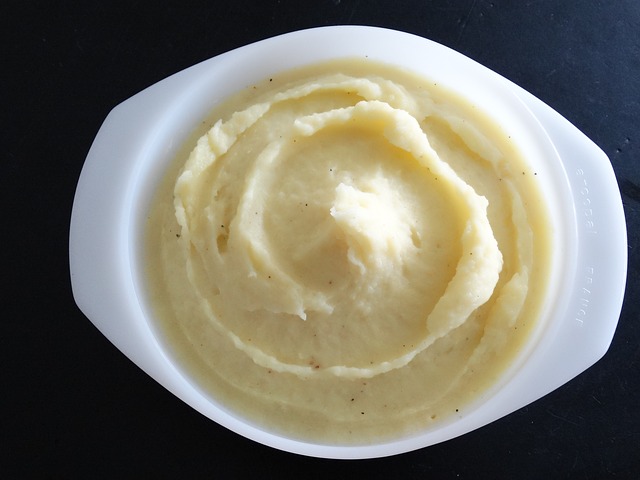The health benefits of kumquat
Nutritional values ??of kumquat
The main nutrients contained in the kumquat
Using kumquat in the kitchen: some recipe ideas
A short history of kumquat
The health benefits of kumquat
antioxidant
If it is less concentrated in vitamin C than other fruits of the citrus family, its regular consumption will allow you to improve your intake of antioxidants in order to slow cell aging.
Transit regulator
It is the action of the fibers which will make it possible to solve the problems of constipation and disorders of the intestinal transit.
purifying
Used as an essential oil, kumquat will have the same benefits as orange essential oil. So you can purify the air but also relax by breathing.
Nutritional values ??of kumquat
For 100g of kumquat
Water 81.9 g
9.6 g carbohydrates
Lipids 1.18 g
Protein 1.57 g
Fiber 5.45 g
Vitamin C 45 mg
Vitamin B9 17 µg
Energy 55.3 kcal
Energy 231.16 kJ
The main nutrients contained in the kumquat
fibers
The fibers contained in the kumquat will play a key role in the regulation of intestinal transit. Remember to consume the kumquat with the skin to preserve all the fibers contained in the fruit.
Vitamin C
Thanks to the vitamin C provided by kumquat, you will strengthen your immune system while limiting cellular aging.
Vitamin B9
It is this vitamin that will allow a good formation of nerve cells in your body, it is also particularly important for pregnant women since it participates in the formation of the neural tube in the fetus.
Using kumquat in the kitchen: some recipe ideas
The taste of kumquat
Its flavor will necessarily remind you that of the orange at the first tasting, as a background note we find a sweet aftertaste approaching the apricot. As it matures, the kumquat will become less and less acidic.
How to choose the kumquat?
A beautiful kumquat should be orange, measure 2 to 5cm long and have shiny skin without any black spots. It must be firm enough and have a round to oval shape. It is found on the market stalls from the first months of winter.
How to keep the kumquat well?
Like all citrus fruits, kumquat will be better stored at room temperature, away from moisture and heat. You can arrange it in a fruit basket with apples to ripen it faster.
How to eat a kumquat?
Before chewing, remember to clean it and rinse it. It should be eaten whole, with the skin to keep all the fibers, note that the skin will give a slightly more bitter flavor.
If you prefer to reduce the bitterness of kumquat, you can remove the seeds from the fruit before eating.
What to do with kumquats?
They will be very good integrated in a fruit salad, stewed or even candied. They are sometimes used in sour-sweet sauces for Asian-inspired recipes.
A short history of kumquat
Originally from China, the kumquat is a miniature orange, its name comes from the Chinese "golden orange". This is the smallest citrus tree existing to date.
Kumquat grows on a shrub with foliage that can reach up to 4 meters in height.
There are different species of kumquat with colors ranging from yellow to orange and with slight variations in taste (the "Meiwa" will be sweeter while the "Hong Kong", "Nagumi" or "Marumi" will be more acids).
To get our top stories delivered to your inbox, sign up for the newsletter Health Network
To get our top stories delivered to your inbox, sign up for the newsletter Health Network








0 Comments